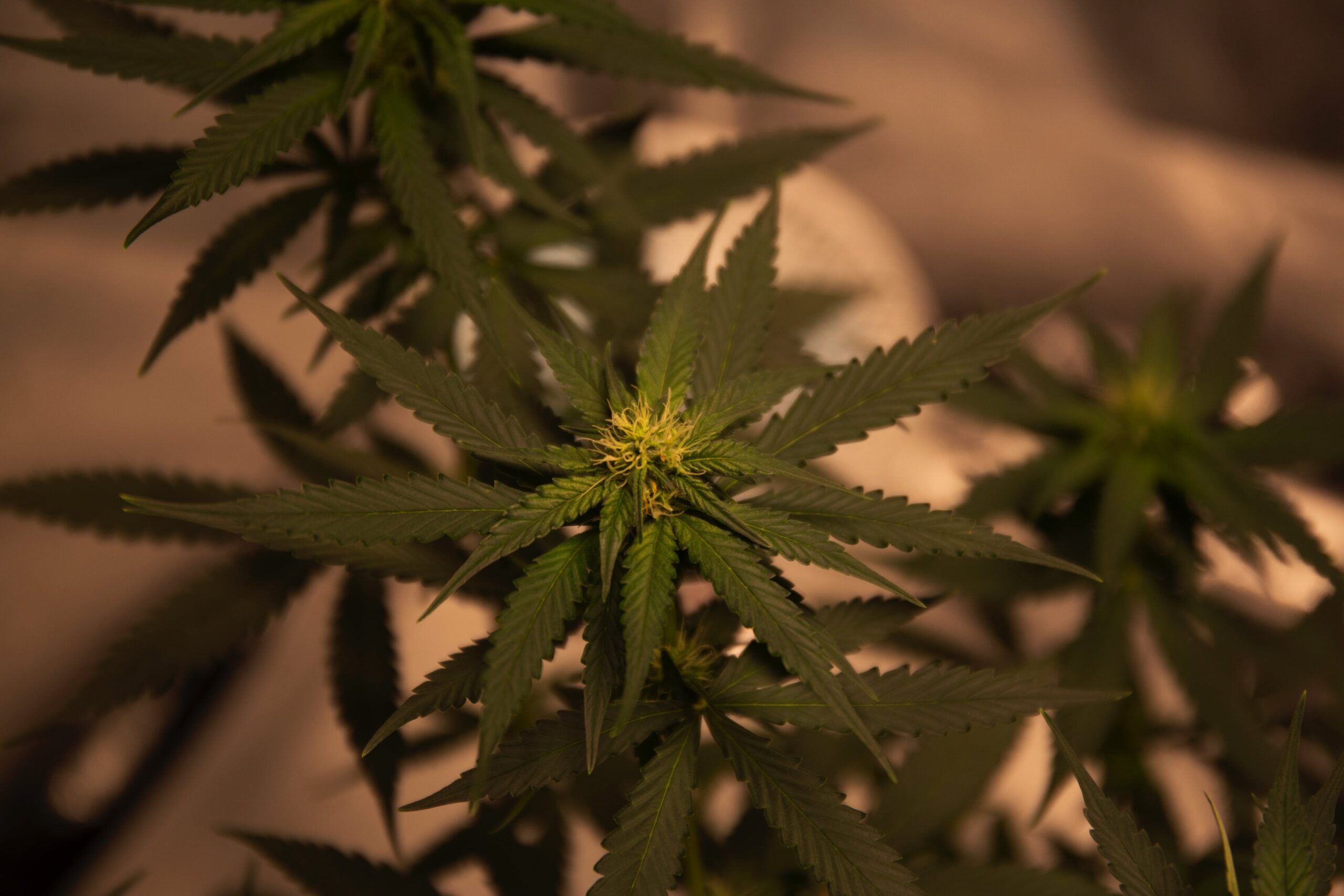Short-Term Effects of Marijuana
Tetrahydrocannabinol, also known as delta-9 THC, is the psychoactive substance in cannabis sativa. When inhaled, THC moves from the lungs directly into the bloodstream and to the brain, acting quickly. Ingested through edibles or other forms, cannabis takes about 30 minutes or an hour to take effect.
People feel relaxed and euphoric with marijuana, but its effects can vary widely.[1] Some people experience anxiety, panic, suspicion, and general fear. This is more common with doses that are more potent than expected or with new or infrequent users.
Marijuana may also cause:
- Mood changes
- Altered sensory perception
- Impaired body movement
- Impaired memory and cognitive function
- Changes in perception of time
- Increased heart rate
- Bloodshot eyes
Higher doses of marijuana may cause psychosis and symptoms like delusions or hallucinations, but this is more common after chronic marijuana use or highly potent marijuana doses.
Long-Term Effects of Marijuana
Though most people think of the immediate – or acute – effects of marijuana use, there are possible long-term adverse effects to be aware of, especially in adolescents with developing brains.
The long-term effects of marijuana use include the following:[2]
Addiction
Marijuana can be addictive, especially when it’s used during adolescence. There’s also an increased risk of concurrent substance abuse or addiction to other substances, including nicotine, alcohol, or “harder” drugs like heroin. A concerning issue related to marijuana is the possibility of contaminated products, including laced weed.
Respiratory Difficulties
When smoked, marijuana can irritate the respiratory tract, including the lungs and throat. Frequent use or long-term use increases the risk of complications like cough, chronic bronchitis, pneumonia, and lung illnesses.
Brain Development Problems
Some research suggests that regular marijuana use during adolescence, which is when the brain is still developing, can lead to impaired impulse control, learning, and memory. The most significant differences occur when marijuana is used heavily before the age of 18.
There is still a risk of cognitive impairment and memory problems in people who use marijuana heavily after 18, however.
Psychiatric Disorders
Some studies indicate a possible link between marijuana use and mental disorders like depression and anxiety, as well as psychotic disorders like schizophrenia, in people who have a genetic predisposition. In those who already have schizophrenia, marijuana use may worsen the symptoms.
Poor Athletic Performance
Research suggests that the use of cannabis harms athletic performance by impairing timing, movement, and hand-eye coordination. This is an important consideration for adolescents or young adults relying on participating in school sports for scholarships or other opportunities.
Pregnancy-Related Risks
Using marijuana while pregnant increases the risks of issues for the developing fetus, including issues with problem-solving, attention, and memory. Moderate amounts of THC can pass from breast milk to the nursing baby as well, possibly impacting brain development.
Testicular Cancer
A few studies show a possible link between adolescent marijuana use and aggressive testicular cancers.
Indirect Effects
Marijuana can impair judgment and reduce reaction time, which can be dangerous behind the wheel of a vehicle, working with hazardous machinery, or in other potentially dangerous situations that can lead to an accident, injury, or death.
Other Possible Risks
Marijuana has been used for thousands of years, but the research hasn’t caught up to the current use or range of different options on the market, including high-potency marijuana. Simply put, we’re not sure what unknown risks marijuana may have on the body and brain.[3]
Marijuana Addiction
Like other substances, marijuana can be addictive with regular or heavy use. The Diagnostic and Statistical Manual of Mental Disorders, Fifth Edition (DSM-5) outlines the criteria for a substance use disorder (SUD), which includes the following symptoms:[4]
- Using marijuana in larger quantities or more frequently than intended than originally planned
- Trying and being unable to quit using marijuana
- Spending a lot of time using, obtaining, or recovering from marijuana use
- Continuing to use marijuana despite issues at work, home, or school
- Craving marijuana
- Using marijuana despite problems with work, school, or family
- Giving up other activities to pursue marijuana use
- Using marijuana in dangerous situations
- Developing a tolerance, meaning requiring more marijuana to reach the same high
- Continuing marijuana use despite adverse physical effects
- Experiencing withdrawal symptoms after stopping marijuana use
Marijuana Withdrawal
Regular use of marijuana can lead to physical dependence, which is when the body adapts to the presence of marijuana. When this happens, stopping marijuana use leads to withdrawal symptoms like[5]:
- Mood changes
- Sleep problems
- Irritability
- Cravings for marijuana
- Restlessness
Treatment for Marijuana Addiction
Whether you’re already experiencing the negative effects of marijuana use or you want to stop before that happens, you can get help for yourself or a loved one for marijuana use disorder.
Marijuana withdrawal doesn’t come with the same risks as alcohol or opioids, but it can still be unpleasant and a hindrance to sobriety. In addition, many people who use marijuana also use other substances or suffer from co-occurring disorders that require treatment.
There’s no one-size-fits-all solution for marijuana addiction treatment, but it may include:
Cognitive Behavioral Therapy (CBT)
CBT is a therapeutic intervention that’s used to treat marijuana use disorder, depression, anxiety, and other mental health conditions. It’s one of the most effective means of treatment because it focuses on identifying unhelpful patterns of thoughts and behaviors and replacing them with desirable patterns.
Motivational Interviewing
Motivational interviewing (MI Therapy), also known as motivational enhancement therapy (MET), is a counseling technique that resolves uncertainties about making changes in life and developing sound solutions to address them. This process gives the person more agency in devising their solutions to personal challenges.
